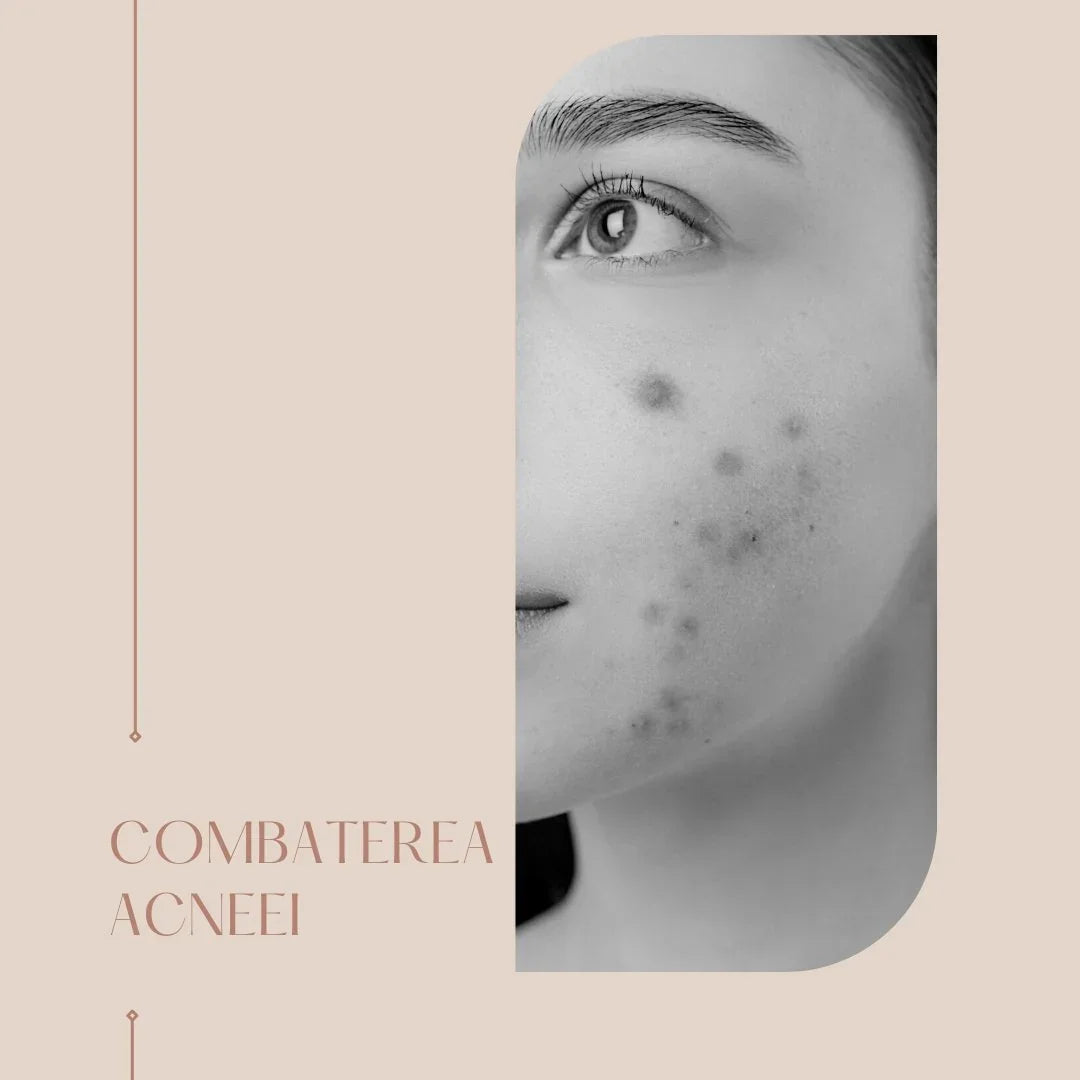
Combating acne with salicylic acid
Salicylic acid is a common ingredient in skin care products used to treat acne. It works to unclog clogged pores and exfoliate the skin.
What is salicylic acid?
Salicylic acid is a beta hydroxy acid that occurs naturally in plants such as willow bark. Salicylic acid has anti-inflammatory and antibacterial properties and also works as an exfoliant to remove dead skin cells. Many face washes or acne skin care products contain salicylic acid in varying concentrations.
Does it work?
The American Academy of Dermatology recommends using a skin care product containing salicylic acid to treat certain types of acne, including pustules; papules, which are small, hard bumps that can give the skin a rough or textured feeling; blackheads which are small bumps with a black surface or whiteheads, i.e. a completely blocked follicle.
How does it work?
Acne forms when excess oil and dead skin cells block the pores in the skin. Bacteria can also get trapped inside the pores, causing inflammation and pus-filled pimples. Salicylic acid works to treat acne by unclogging blocked pores. It does this by breaking down the trusty bonds between dead skin cells so they can be released from pores more easily, and by breaking down oils such as sebum.
When you use salicylic acid for pimples , it also decreases the skin's sebum production, which leads to fewer breakouts.
Forms, doses and method of use
When choosing skin care products you should always follow the instructions on the individual product labels or the advice of their doctor or dermatologist even when talking about the use of salicylic acid.
Salicylic acid works as an exfoliant to remove dead skin cells. You can use chemical peels that contain up to 50% concentration of salicylic acid from the trusted source.
Chemical peels can help treat the following types of acne and the resulting residual pigmentation:
- papules
- the white dots
- black dots
- post-acne erythema
- hyperpigmentation
However, salicylic acid can cause some side effects. These can vary depending on a person's skin type or the concentration of salicylic acid they use. Side effects may include:
- mild burn
- smartness
- skin peeling
- mild irritation
- dryness
To use salicylic acid effectively and safely, here are the steps you should follow:
Patch test any product containing salicylic acid on a small area of skin before applying more liberally. Do not use the product if a reaction develops at the patch test site.
Follow the directions on the product label carefully.
Avoid using more than the recommended amount of the product.
Avoid applying the product in higher doses or with a higher frequency than indicated on the label.
Avoid using salicylic acid products on babies and children.
Always protect your skin from the sun when using products with salicylic acid.
In addition, it is recommended to avoid contact with the eyes, mouth or any mucous membranes, such as those inside the nose, and to stop using the product if there are excessive side effects. It is necessary to contact a doctor for further advice.
If a person accidentally swallows a salicylic acid solution, it is necessary to immediately seek medical help.
Avoid using tight or waterproof dressings, or petroleum-based ointments, over salicylic acid, as these can cause overexposure to the acid. Avoid any other medications that contain salicylic acid while using products that contain it. Examples of such medications include aspirin and certain lotions for sports injuries.
Salicylic acid may not be safe for everyone. Some examples are shown below:
Products with salicylic acid may not be safe for people who have kidney or liver disease. Anyone with such a condition should talk to their doctor before considering using products containing salicylic acid.
If a person has an allergic reaction to salicylic acid, they should stop using the product immediately and seek medical attention.
Topical use of salicylic acid in pregnancy and lactation is not problematic due to limited systemic absorption. But if you want more information about using salicylic acid during pregnancy or breastfeeding, you should get in touch with your doctor.



Leave a comment
This site is protected by hCaptcha and the hCaptcha Privacy Policy and Terms of Service apply.